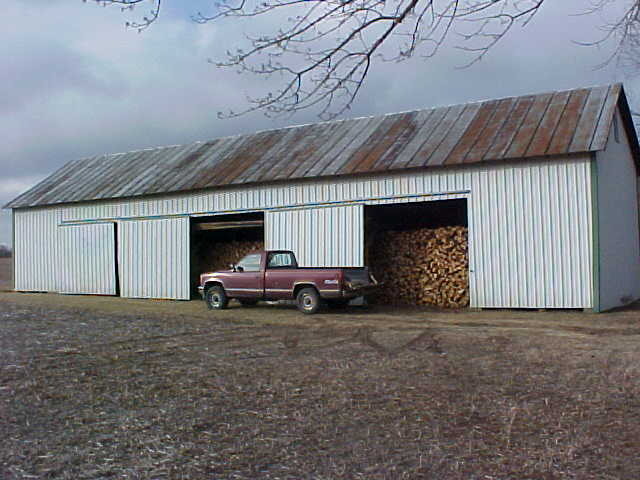Save the extra long pieces or cut some purposely for the top of the rows. I stack one or two rows wide. As high as I can, 5-6 foot. I use pallets as a base at home, some 3-4" limbs in the woods.
Then go to the lumber store and get some free used lumber covers. Doubled up they will cover the top of two 24" wide rows, can be up to/longer than 12' long rows, put the black side up, sun heats it up better. Put some arm thick branches on top to hold the covers in place, as soon as you stack it. No rain or snow dripping down into your wood, from the top or side. Only wind driven precipitation hits the sides. Stacked like this it will stay dry for years. I'm burning some 3 year old ash and maple right now.
For those who say why cover it? Do you like burning wet wood? Why is that?
P.S. I started burning wood 47 years ago, I was 5. I got the wood cookstove fired up, for eggs and coffee, before anyone else woke up. Have heated with wood since then. Still like an old Glenwood for the kitchen and boiler plate beasts for heating.









